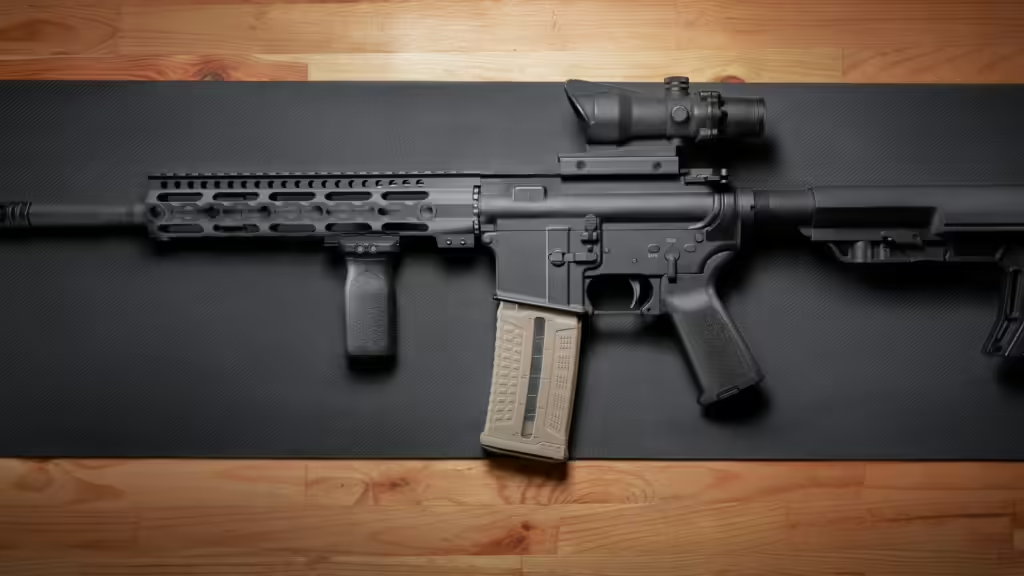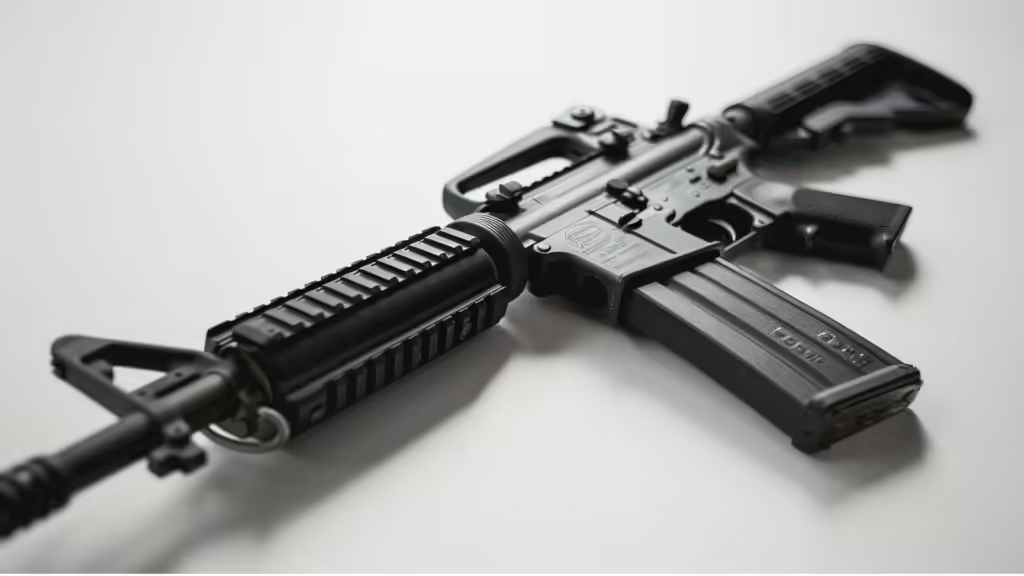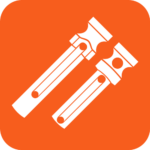
AR-15 malfunctions can happen when you least expect them—whether you’re on the range or in
the heat of competition. In this guide, we’ll cover the most common AR-15 malfunctions, how to
fix them, and how to keep your rifle running smoothly. By understanding these issues and their
solutions, you’ll be better prepared to handle any malfunction confidently and efficiently.
Understanding the AR-15 Cycle of Operations.
Before diving into malfunctions, it’s crucial to understand the AR-15’s cycle of operation, which
is composed of 8 functions: feeding, chambering, locking, firing, unlocking, extracting, ejecting,
and cocking. Each function has its own unique potential for malfunctions, known as “failures.”
For example, a failure to fire can be due to a light primer strike, a broken firing pin, or even a
bad primer. Identifying which part of the cycle failed will guide you toward the right fix.

Phase 1: Immediate Action for AR-15 Malfunctions
The first step in resolving AR-15 malfunctions is immediate action, also known as “tap, rack,
squeeze.” This is designed as a quick reaction that will clear up any of the most common
malfunctions you might face.
- Tap: Ensure the magazine is fully seated by tapping it upward. This will relive most
failures to feed. - Rack: Pull the charging handle to extract/eject the failed round, and chamber a new one.
This should clear up most failures to fire. - Squeeze: Pull the trigger to fire the round, confirming the problem is fixed.
If immediate action doesn’t resolve the issue after 3-5 attempts, it’s time to move on to remedial
action.
Phase 2: Remedial Action for Persistent AR-15 Issues
Remedial action involves a more detailed inspection. Begin by ejecting the magazine and
attempting to clear the weapon. If the issue persists, remove the rear takedown pin (also called
“shotgunning” the rifle) and inspect the rifle, checking for any visible damage or loose parts. I
like to go in the order of pins, parts, springs.
● Pins: Look at the pins most relevant to the failure. For example, on a failure to fire,
check the trigger pins and the firing pin retainer pin.
● Parts Inspection: Look at the parts themselves, starting with the parts most relevant to
the specific malfunction you had. For example, on a failure to extract or eject, check the
bolt and extractor.
● Springs: Weak springs often lead to malfunctions. Check the hammer, buffer, and
extractor springs.

Common AR-15 Malfunctions and How to Fix Them
- Failure to Extract
This occurs when the bolt unlocks, but the spent casing remains in the chamber.
Solution:
● Try cycling the rifle multiple times.
● Use a cleaning rod or a paint can lid opener to remove the stuck casing.
● If the bolt fails to unlock, and therefore extract, use the “mortar” technique by hitting the
buttstock on the ground while pulling the charging handle. - Failure to Feed
Failures to feed are typically magazine-related.
Solution:
● Test the magazine spring by pressing down on the follower. Replace the magazine if the
spring tension is weak.
● Ensure the follower is not sticking by pressing down on just the front portion. If it sticks,
consider changing to anti-tilt followers, or clean the magazine (yes, magazines require
cleaning periodically).
● Inspect the bolt lugs and feed ramps for wear or damage. - Failure to Eject
A failure to eject may result in a bolt override or a double-feed.
Solution:
● For bolt overrides, use a multitool or cleaning rod through the ejection port to remove the
spent casing.
● For double-feeds, eject the magazine and rapidly cycle the charging handle to clear the
receiver before reinserting the magazine.
Preventative Maintenance Tips for Your AR-15
Routine maintenance is essential to avoid malfunctions. Regularly inspect your rifle, check for
worn parts, and replace springs as needed. By incorporating immediate action drills into your
training, you’ll be able to respond quickly when malfunctions occur.






